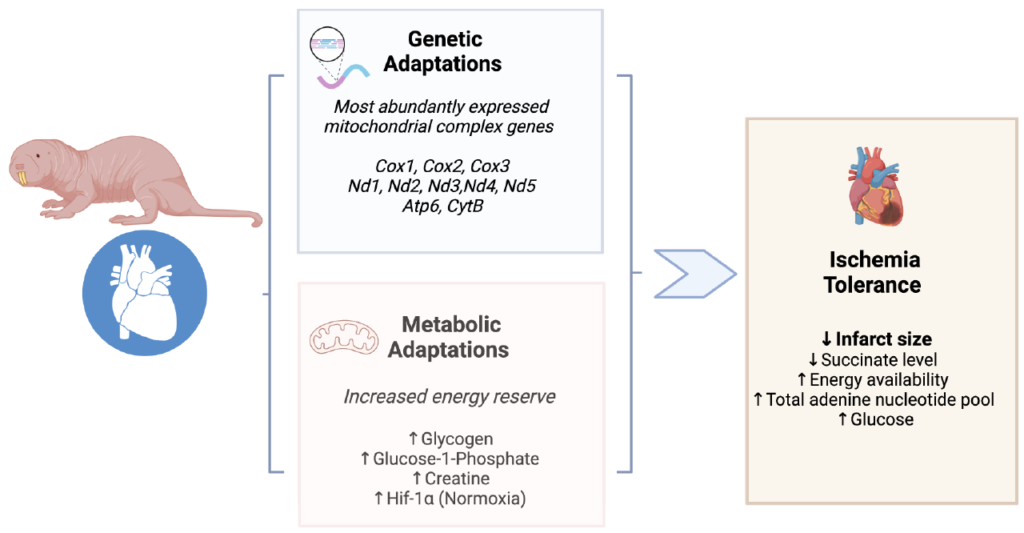Nexedes Projects
Project – Biological immortality
Biological immortality is a state in which the rate of mortality from senescence is stable or decreasing, thus decoupling it from chronological age. Various unicellular and multicellular species, including some vertebrates, achieve this state either throughout their existence or after living long enough. A biologically immortal living being can still die from means other than senescence, such as through injury and disease.
Protein stability and DNA repair pathways.
The longer-lived species, Humans and Heterocephalus expressed DNA repair genes, including core genes in several DNA repair pathways, at a higher level than did mice. In addition, several DNA repair pathways in Humans and Heterocephalus were up-regulated.
The longevity has also been attributed to “protein stability”.
Because of their extraordinary longevity, an international effort was put into place to sequence the genome of the Heterocephalus.
Further transcriptome sequencing revealed that genes related to mitochondria and oxidation reduction are expressed, which contribute to their longevity.
These findings suggest that increased DNA repair facilitates greater longevity, and also are consistent with the DNA damage theory of aging and DNA repair transcriptomes.
Increased DNA repair facilitates greater longevity. The study predicts longevity records will frequently be broken, reaching into the 140s.

The Gompertz law of mortality
The law of mortality states that the human death rate is the sum of an age-dependent component which increases exponentially with age and an age-independent component In a protected environment where external causes of death are rare, the age-independent mortality component is often negligible. In this case the formula simplifies to a Gompertz law of mortality. Gompertz proposed an exponential increase in death rates with age.
The Gompertz law of mortality describes the age dynamics of human mortality rather accurately in the age window from about 50 to 80 years of age. At more advanced ages, some studies have found that death rates increase more slowly – a phenomenon known as the late-life mortality deceleration. The decline in the human mortality rate before the 1950 was mostly due to a decrease in the age-independent mortality component, while the age-dependent mortality component was surprisingly stable. Since the 1950, a new mortality trend has started in the form of an unexpected decline in mortality rates at advanced ages and “rectangularization” of the survival curve.
The Gompertz law is the same as a Tippett distribution for the negative of age, restricted to negative values for the random variable. Human longevity birth year cohorts of those born after 1950 should be the first to see a considerable delay in the historical course of death, according to a research that draws this conclusion. The study predicts a future in which longevity records will frequently be broken, reaching into the 140s.


